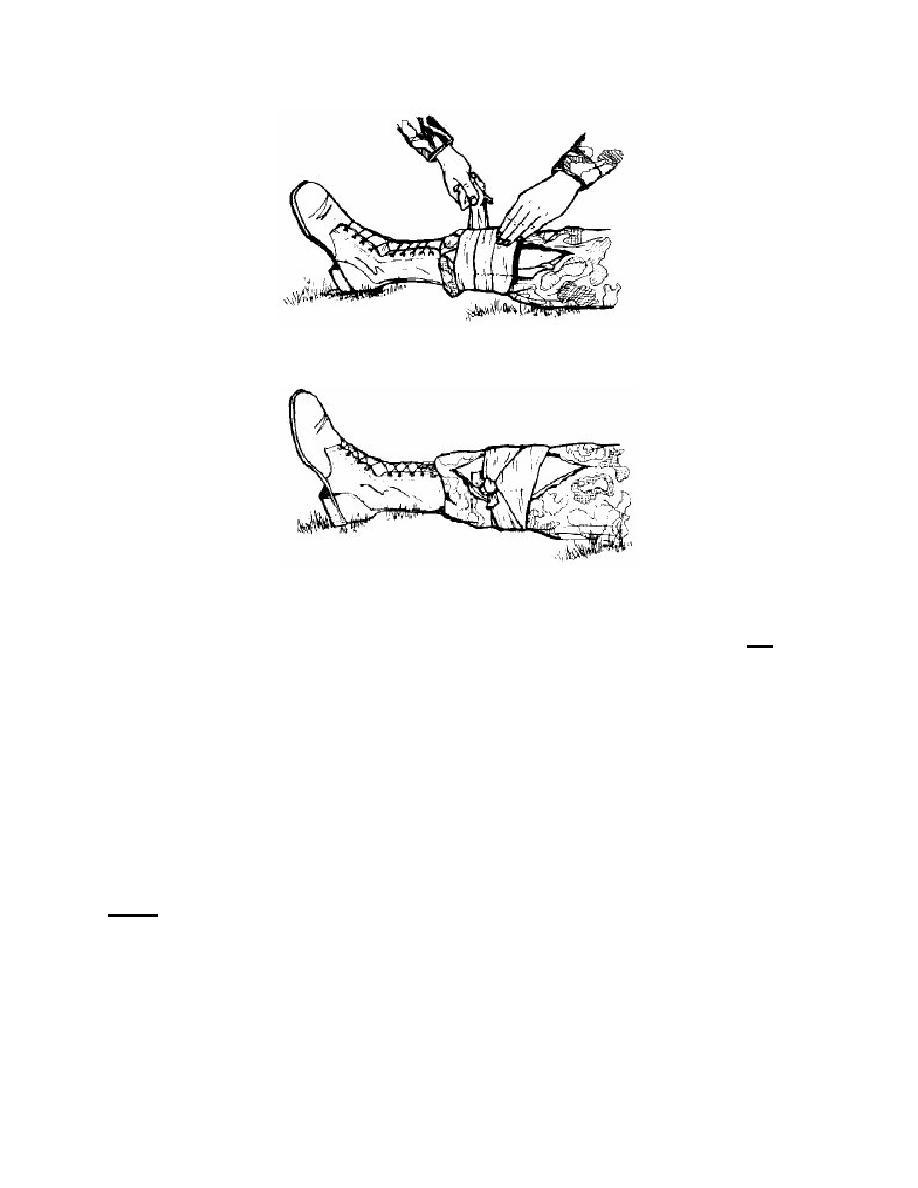
Figure 5-6. Wrapping the first tail around the injured limb. (Note: The second tail
is held in the palm of the hand holding the dressing in place.)
Figure 5-7. Tails tied in a nonslip knot on the outer edge of the dressing.
f. Check Circulation. The purpose of the field dressing is to help the blood to
clot. The clot will act to prevent additional blood loss. The field dressing should not
stop the flow of blood to the rest of the limb. (This is why you should be able to insert
two fingers between the knot and the dressing.)
(1) After the knot is tied, check the blood circulation below (distal to) the
bandage. If the skin below the bandage becomes cool to the touch, bluish, or numb,
the bandage may be too tight and interfering with circulation. Check to see if you can
detect a pulse below the bandage.
(2) If blood circulation is impaired, loosen and retie the tails; then check the
circulation again. If circulation is not restored, evacuate the casualty as soon as
possible. Medical treatment may be needed to save the limb.
NOTE:
If the wound continues to bleed, you may need to remove the dressing,
reevaluate the wound, reposition the dressing, and secure the dressing again.
5-4.
APPLYING MANUAL PRESSURE
If practical, apply direct pressure over the dressing with your hand (figure 5-8).
This pressure will help to compress the damaged blood vessels and control the
bleeding. Maintain this pressure for 5 to 10 minutes.
IS0871
5-7



 Previous Page
Previous Page
